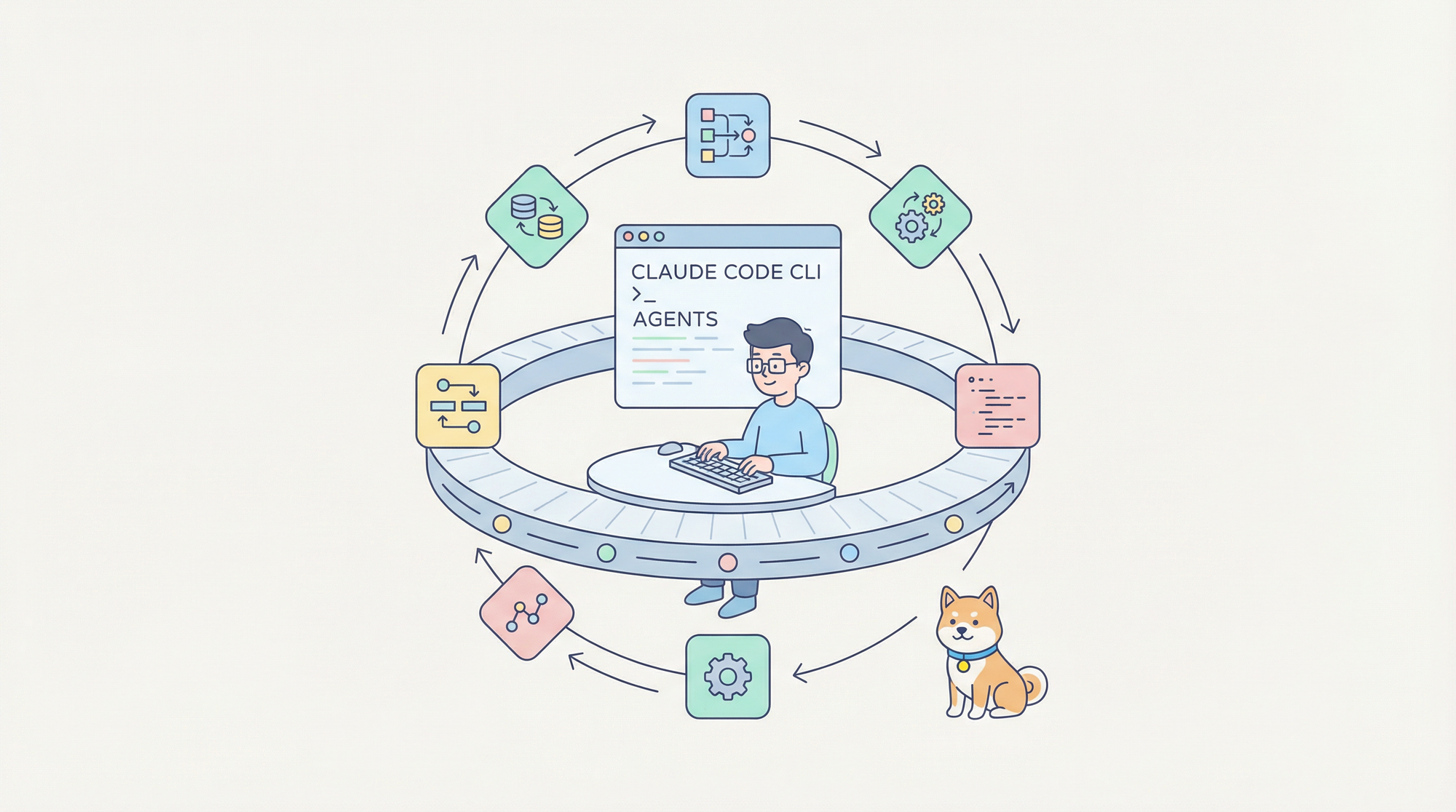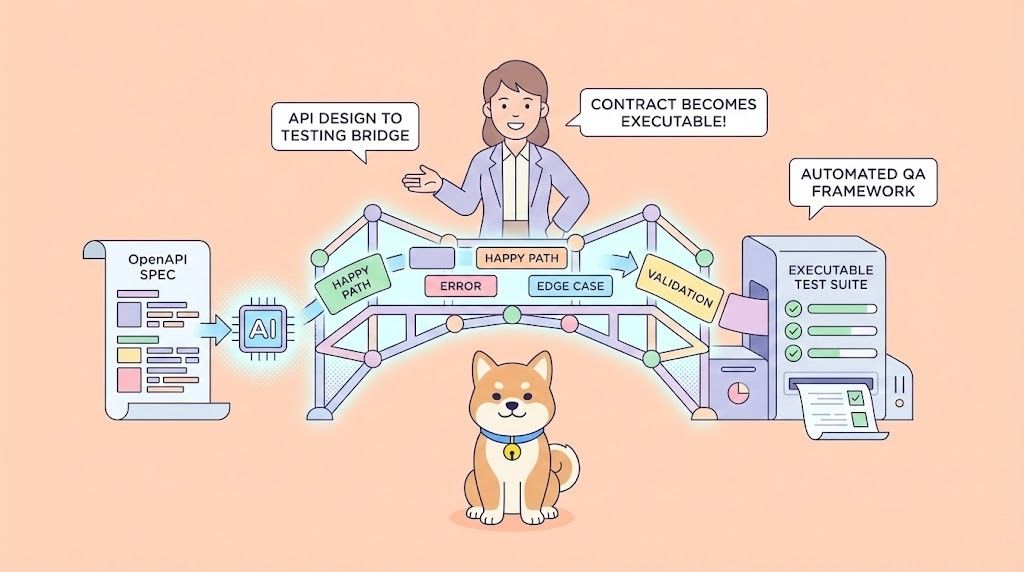In the fast-paced world of technology, API documentation is a vital tool that serves as a guide for software developers. It's essentially a roadmap, offering crucial information on how to effectively use and integrate APIs. Good documentation can significantly ease the learning curve and enhance the developer experience. Today, we're diving into eight remarkable examples of API documentation from successful companies, showcasing their unique approaches and best practices.
Click the 'Download' button for a seamless API documentation experience.
Why API Documentation is Important?
API documentation is essential because it serves as a manual for developers to understand and effectively use an API. It provides necessary details about the API's functions, instructions on how to integrate it, and examples for practical application. Good documentation enhances the developer experience, leading to easier adoption, fewer errors, and more efficient use of the API in building and maintaining software applications.
Twilio: A Paradigm of User-Friendly Design and Comprehensive Coverage

Twilio's API documentation stands as a testament to well-organized and accessible information architecture. It starts with a welcoming introductory page, which neatly categorizes documents according to different product capabilities. This high-level organization is a boon for developers, enabling them to quickly zero in on the specific area of interest.
Once you delve into a specific product, like SMS, you're greeted with a left-hand menu that methodically lists topics and subtopics. This layout is incredibly intuitive, allowing for swift navigation between different sections. The documentation shines in its inclusivity, offering code samples in a multitude of languages like Node.js, C#, PHP, Ruby, Python, Java, and Curl, ensuring a broad appeal to developers with varied programming backgrounds.
Moreover, Twilio's documentation is remarkable for its clarity. It doesn't just throw technical jargon at you; it walks you through practical tips, well-explained tutorials, comprehensive use cases, and best practices, all in straightforward English. This approach makes it accessible not just to seasoned developers but also to newcomers in the field.
Key Strengths
- User-Centric Navigation: The introductory page and subsequent topic-specific pages are designed with the user's ease in mind.
- Multilingual Code Samples: A diverse range of programming language support caters to a wide audience.
- Clear, Practical Guidance: The inclusion of screengrabs and step-by-step instructions demystifies complex concepts.
Slack: Bridging the Gap Between Beginners and Experts

Slack's API documentation, charmingly termed "Developer docs and guides," is a fine blend of simplicity and depth. It is tailored to acknowledge the varied expertise levels of its audience. For beginners, the documentation is a gentle introduction to the world of Slack APIs. It employs straightforward language, breaking down complex information into easy-to-digest segments. The use of bullet points further aids in making the content more approachable.
A notable feature is the difficulty level indicator under each subtopic. This small but significant addition helps users to gauge the complexity and relevance of the content, enabling them to make informed decisions about where to focus their efforts.
The layout follows a familiar pattern with a menu on the left side, enhancing accessibility and ease of navigation. For more experienced developers, Slack provides detailed reference pages that are straightforward and fact-focused. These pages cut down on the fluff, presenting the necessary technical details clearly and concisely.
Key Strengths
- Audience-Specific Content: The documentation is tailored to cater to both beginners and experienced developers.
- Ease of Navigation: The structured layout with clear labeling aids in quick information retrieval.
- Visual Aids: Screengrabs and diagrams enhance the understanding of Slack's features and functionalities.
Google Maps API: Familiarity and Efficiency in Design

The Google Maps API documentation is instantly recognizable with its signature Google style - a clean, white background and the familiar Google font. This familiarity breeds comfort, making users feel at ease right from the get-go. The layout is thoughtfully designed with a three-column format on the main page, providing an organized gateway to maps, routes, and places documentation.
Each topic page maintains this sense of organized structure. The leftmost column gives an overview of all topics, allowing users to quickly switch between different areas of interest. The rightmost column provides a content list for the current article, which is particularly useful for long, detailed documents. This structure ensures that users always have a roadmap of where they are and where they can go next in the documentation.
A unique touch is the inclusion of a flask symbol for features in beta mode, keeping users informed about the maturity and stability of various features. Although a previous feature for theme switching has been discontinued, the documentation still stands out for its clarity and ease of use.
Key Strengths
- Intuitive and Familiar Design: The Google-style layout is both welcoming and easy to navigate.
- Efficient Content Organization: The three-column layout on topic pages facilitates quick access to needed information.
- Detailed Content Mapping: The presence of an overview and a content list for each article aids in efficient information consumption.
Vimeo: Empowering Beginners with Clarity and Direction

Vimeo's API documentation particularly excels in its 'Getting Started' section, a crucial resource for newcomers. The documentation is laid out in a highly approachable manner, with simple, step-by-step instructions guiding users through initial setup processes like configuring a Vimeo SDK, generating an access token, and making the first API call.
What sets Vimeo apart is its commitment to clarifying terms and concepts that may be unfamiliar to beginners. Terms like REST are explained in a way that is easy to grasp, removing barriers to understanding. This level of detail ensures that even those new to the field can follow along without feeling overwhelmed.
The layout follows a familiar tri-column template, mirroring the structure seen in other exemplary documentation like Google Maps APIs. This familiarity in design aids in navigation, allowing users to focus more on content than on figuring out how to navigate the documentation.
Key Strengths
- Beginner-Friendly Instructions: The clear, step-by-step guidance is particularly beneficial for newcomers.
- Jargon Simplification: Technical terms are explained in a simple, accessible manner.
- Structured Content Flow: The tri-column layout aids in easy navigation and quick access to information.
Stripe: A Blend of Clarity, Aesthetics, and Practicality

Stripe’s API documentation is a model of how to balance delivering vast amounts of information with maintaining clarity and aesthetic appeal. The design is crisp and clean, avoiding the clutter that often accompanies technical documents. This clarity in design greatly enhances the user experience, making it easier to digest complex information.
Navigation within Stripe’s documentation is a breeze, thanks to a well-thought-out search function located prominently at the top left-hand corner. This search bar, coupled with links to related topics within each document, allows developers to easily explore different areas of the documentation without losing their place.
The Quickstart Guide is a standout feature, providing an easy-to-read and comprehensive introduction to Stripe's APIs. This guide lays the foundation for further exploration, ensuring that users have a solid understanding of the basics before diving into more complex topics.
Key Strengths
- Uncluttered Design: The clear, well-formatted layout makes it easy to absorb information.
- Effective Navigation Tools: The search bar and inter-document links facilitate exploration and learning.
- Comprehensive Quickstart Guide: Offers a solid foundation for users new to Stripe's APIs.
SendGrid: Embracing Simplicity and Interactive Learning

SendGrid's API documentation is a prime example of how simplicity in design can enhance the user experience. The main documentation page is straightforward, offering direct links to various document topics, featured resources, and glossary terms. This minimalistic approach makes it easy for users to find what they're looking for without feeling overwhelmed by too much information at once.
One of the most striking features of SendGrid's documentation is its interactive elements. Developers have the opportunity to test out code directly within the documentation. This not only aids in understanding but also encourages experimentation and hands-on learning. Users can input their API key, test out the code, and receive immediate feedback. This interactive approach is particularly beneficial for learning how different changes affect outcomes.
Moreover, SendGrid's commitment to accessibility is evident in its multilingual support, offering document pages in six languages. This feature broadens the reach of their documentation, making it accessible to a global audience.
Key Strengths
- Interactive Code Testing: This feature allows for practical learning and experimentation.
- Simplicity in Design: The straightforward layout and design make navigation and comprehension easier.
- Multilingual Support: Catering to a diverse audience by offering documentation in various languages.
PayPal: Comprehensive, Current, and User-Friendly

PayPal's API documentation, referred to as PayPal Developer, is a comprehensive resource that remains current with regular updates. The main page is efficiently organized, providing links to document topics, featured resources, and additional support pages. This structure ensures that users can quickly access the information they need, whether they are looking for specific documentation or need extra help.
A key aspect of PayPal's documentation is the maintenance of a changelog or release notes. These updates are crucial for developers to stay informed about new features or changes to existing ones. The release notes for their REST API, for instance, make it easy for users to track recent developments.
The documentation also excels in its navigational structure. The use of HTML columns for topics and subtopics on the left-hand side makes it straightforward to find specific information. A secondary menu column lists subtopics, ensuring that users can dive deeper into specific areas without losing their way.
Key Strengths
- Regular Updates and Changelog: Keeping the documentation current and informing users of the latest changes.
- Efficient Topic Navigation: The layout facilitates easy access to a wide range of information.
- Supportive Resources: Links to support pages and additional resources enhance the user experience.
Why use Apidog for API Documentation?
Apidog is a dynamic tool designed to streamline API documentation, making it accessible and efficient for software development teams. Here are five key steps highlighting its value:

- User-Friendly Interface: Apidog offers an intuitive interface, simplifying API documentation for all team members, regardless of their technical expertise.
- Real-Time Collaboration: This enables teams to collaborate in real-time, ensuring consistency and efficiency in updating and managing API documentation.
- Seamless Integration: Apidog integrates smoothly with platforms like GitHub and Bitbucket, maintaining a unified workflow and minimizing the need for multiple tools.
- Comprehensive and Interactive Documentation: Users can create detailed, interactive documentation, including testing and validation within the tool, enhancing the quality and accuracy of APIs.
- Accessibility and Flexibility: Being cloud-based, Apidog ensures that documentation is accessible anywhere, anytime, adapting to the dynamic nature of modern work environments.
Conclusion
In conclusion, these eight examples of API documentation from Twilio, Slack, Google Maps API, Microsoft, Vimeo, Stripe, SendGrid, and PayPal showcase a range of best practices in the field. From user-friendly layouts and interactive learning tools to comprehensive guides and regular updates, each example brings something unique to the table. They highlight the importance of clarity, accessibility, and practicality in API documentation, ensuring that users, regardless of their expertise level, have a smooth and informative experience. These companies set a high standard for what effective, user-centric API documentation should look like, serving as inspiration and a benchmark for others in the industry.



